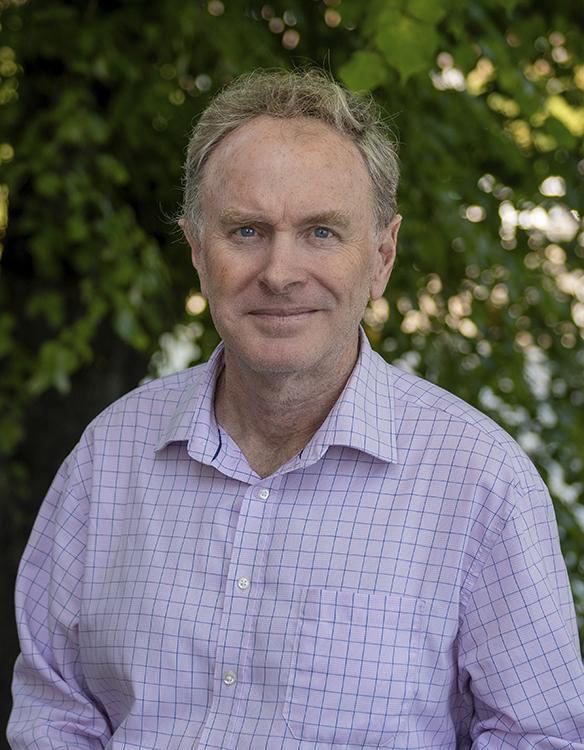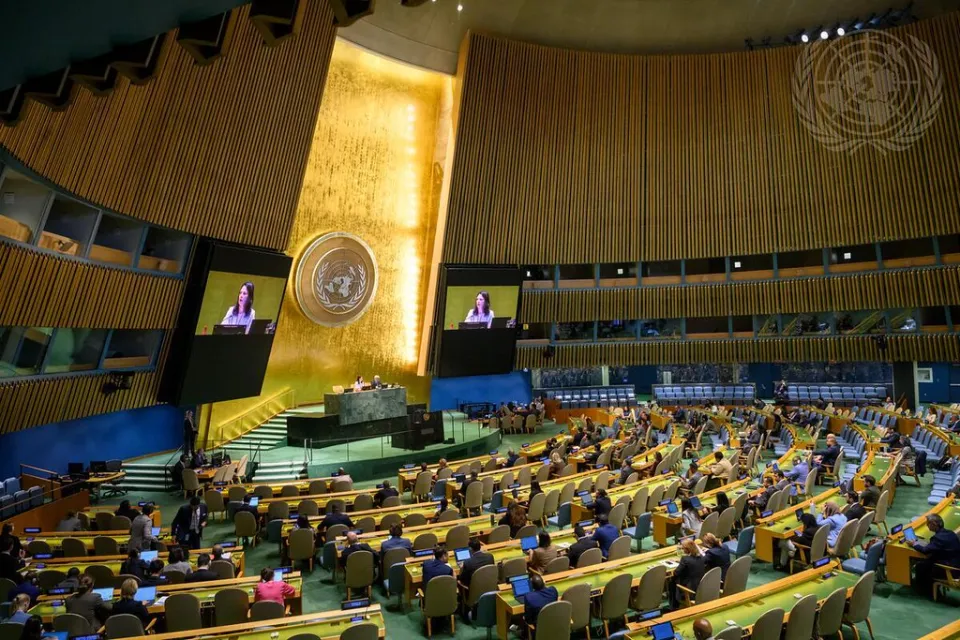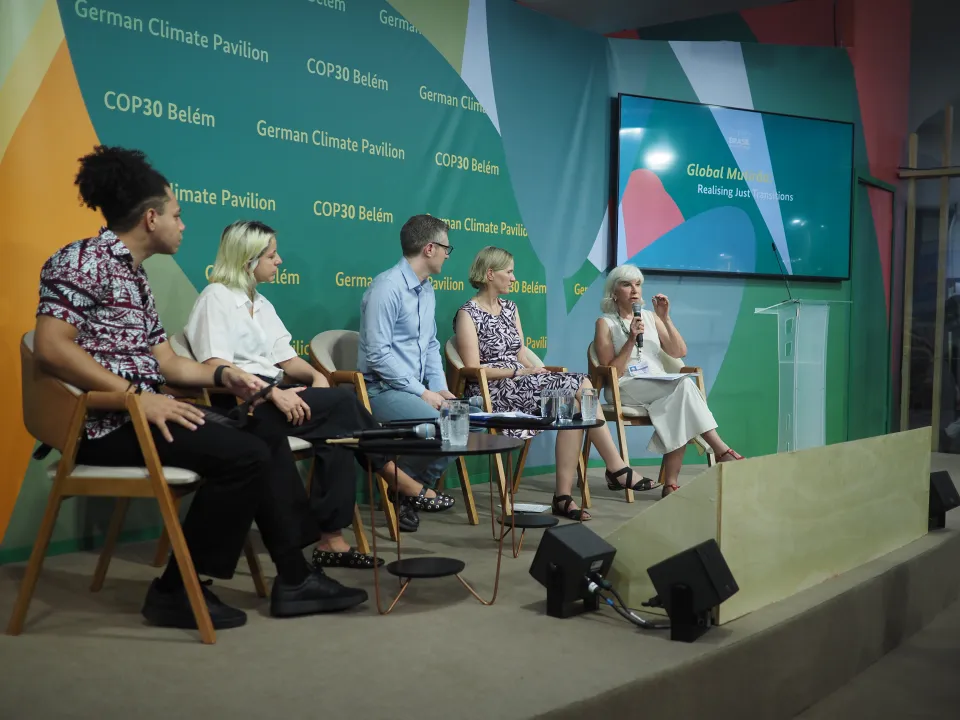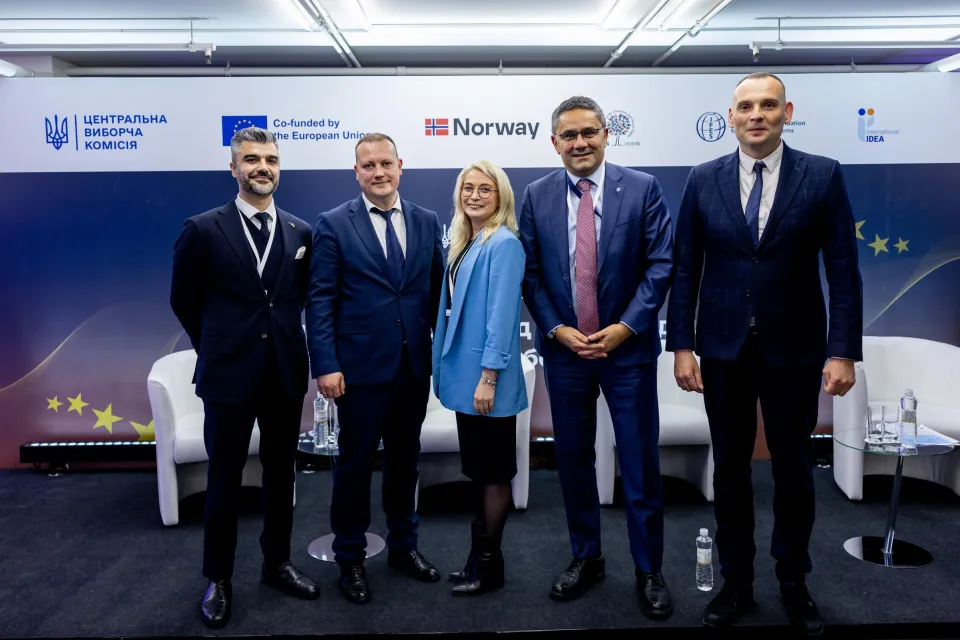In times of crisis: How to keep calm and carry on
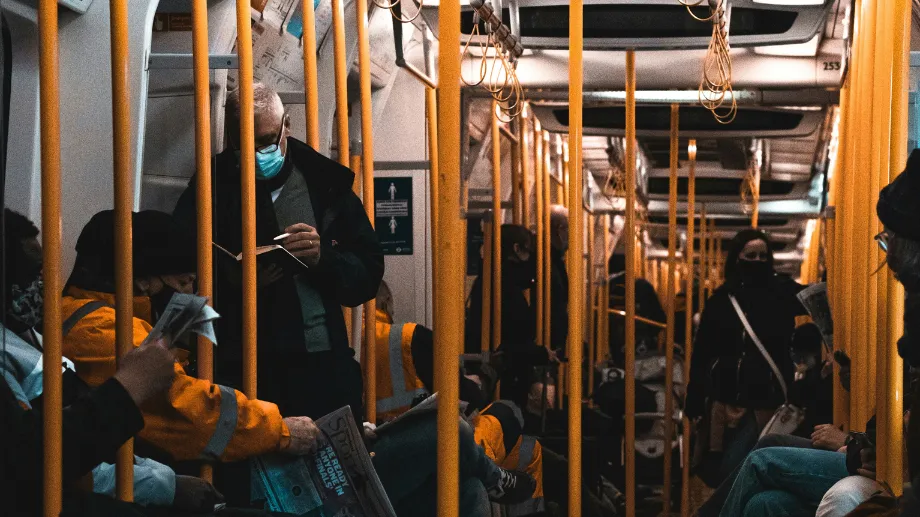
Opinions expressed in this commentary are those of the authors and do not necessarily represent the institutional position of International IDEA, its Board of Advisers, or its Council of Member States.
This blog was produced under LEGITIMULT, a project funded by the European Union under the Horizon Europe Programme, Call HORIZON-CL2-2021-DEMOCRACY-01, GA Nr. 101061550. LEGITIMULT aims to develop a model of legitimate crisis governance that takes into account the multilevel nature of policymaking, namely the interplay between international, national, regional and local governments and institutions.
As a former journalist with some 30 years’ experience of reporting around the world, the question was, from the start, who or what to trust in times of crisis? The wide gap between the two national policy responses went to the heart of the issue of how journalists and communications professionals build up trust in times of crisis.
This issue was the focus of an April media workshop held at International IDEA in Stockholm: ‘Lessons from Covid-19 — Journalism in a Post-Pandemic Future’, part of the EU-funded LEGITIMULT project. View the report on the event, with its discussions and conclusions.
The casualty of crisis
Journalism is fraught with difficulties at the best of times. As the ‘first draft of history’, it is always vulnerable to mistaking and misinterpreting events, a problem magnified by social media, which preys on any hint of error or bias from ‘legacy’ newspapers. These problems only balloon with a crisis of the proportions of the Covid-19 pandemic. The maxim that ‘the first casualty of war is truth’ applies to most crises.
It is the same problem for democratic governments, who need to communicate any severe and controversial policies in a way that is understandable for the citizen. This is why transparency in policies of democratic governments is so important. Citizens need to be able to trust not so much the policy—as in the case of the pandemic, governments can get it wrong—but at least have a sense the government is doing its best, in good faith.
At the start of the pandemic, the question I asked myself was ‘should I trust the trust that the Swedish people seem to be putting in their health authorities?’ With most of the world going into lockdown, Sweden was an international outlier. As a Swedish friend put it, ‘I thought Keep Calm and Carry On was a British invention. The Swedes have usurped you’.
The Swedish Government was questioned—and received strong criticism from international media—but much of the debate was a healthy one of policy arguments among scientists, health workers educators and policymakers, announced calmly by civil servants from the health authority at regular press conferences. One study compared the health authority press conferences to the film Groundhog Day, contributing to a consistency in messaging that helped create trust in their policy advice.
There is another side to this—namely the tension between this calmness and complacency. International journalists in Sweden were surprised by what they saw as an often-unquestioning attitude among Swedish reporters, with some exceptions.
That balance between fermenting trust in government health policies, at the same time as encouraging debate and questioning by journalists and citizens, is what democracies can do at their best. But it is a tricky balance that many governments struggle to achieve.
The United States, for example, suffered more from a fragmentation of messages and polarization of the media landscape, as well as political differences between states, that led to greater scepticism about vaccines and public health advice. Message became confused as different states issues different public health advice.
In Sweden, there was little such scepticism. The country also won some praise for its simple messaging—one example being its common sensical guidance on ‘keeping your distance’ rather than insisting, as in other counties on a specific metric distance of 1.5 metres.
Communicating and quizzing
As the workshop discussed, there are effective ways for governments to communicate strategy and for journalists to quiz authorities. But the five years since the outbreak of pandemic have seen even more sophisticated manipulation of facts. More people are getting their news from unfiltered social media. Even without a global crisis, disinformation working its way through the digital sphere has been successfully undermining trust on some pillars of democracy, such as elections.
Another pandemic will come. And some kind of Black Swan global crisis may arrive. There is little evidence that there is the global political will to regularize social media or even modify its click-bait hungry algorithms. This all makes the role of the government communication strategies and the journalistic ability of the professional media even more important.
I would argue that transparency in how governments and journalists come to their conclusions is crucial to defending against what otherwise is mostly poisonous rumour.
The jury is still out about Sweden’s response to the pandemic. But rather than focusing on the binary debate of the value of lockdown or not, there is more to learn from how the state health authority calmly and transparently presented its outlier case for living with the pandemic.
